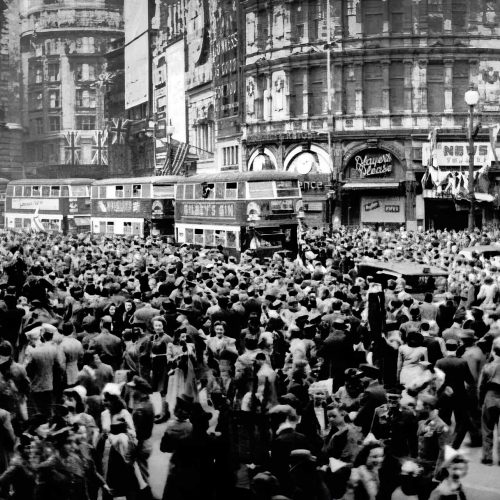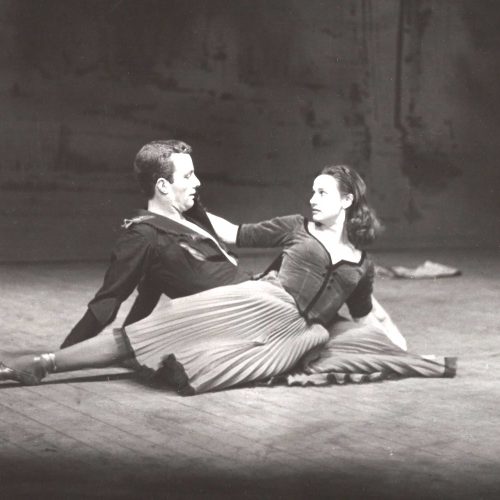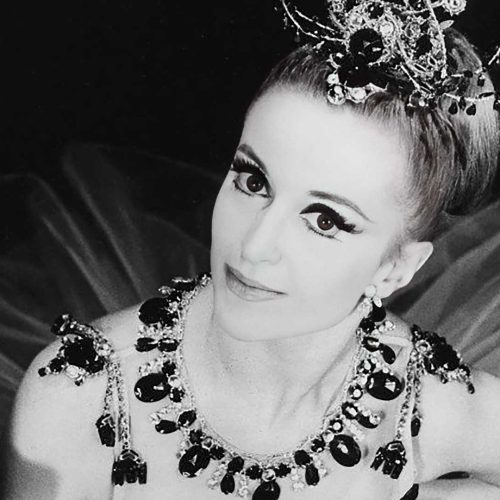John Cranko created Onegin in 1965 for his company, Stuttgart Ballet, using his star dancers Marcia Haydée and Ray Barra to create the roles of Tatiana and Onegin respectively, with Egon Madsen as Lensky and Ana Cardus as Olga. Years before, Cranko had made dances for Pyotr Ilyich Tchaikovsky’s opera Eugene Onegin which is where the idea for a narrative ballet based on Alexander Pushkin’s verse-novel first came to him. He collaborated with Kurt-Heinz Stolz to arrange music from Tchaikovsky’s lesser-known piano works to use in the full-length work.
Cranko’s ballet simplifies some details of this classic of Russian literature, but generally follows the narrative closely. Eugene Onegin, a bored but proud aristocrat, is introduced to sisters Tatiana and Olga through his friend, the naïve young poet, Lensky. Tatiana falls in love with Onegin, but is rejected by him, only for the tables to be turned years later. After the tragic death of Lenksy following a duel, Onegin returns to St Petersburg to find Tatiana married and happy. He remorsefully professes his love for her, but Tatiana rejects him. For the final dramatic pas de deux, Cranko choreographed the duet to the theme from Tchaikovsky’s Francesca da Rimini.
Stuttgart Ballet took Onegin on tour to New York and London, and The Royal Ballet attempted to stage the ballet in 1976. That production failed to materalise, but London Festival Ballet became the first British company to perform Cranko’s most popular work at the Palace Theatre, Manchester, on 18 October, 1983, with Patricia Ruanne and Ben Van Cauwenburgh as Tatiana and Onegin, and Renata Calderini and Maurizio Bellezza as Lensky. Many famous ballerinas subsequently performed the role of Tatiana with the company, including Natalia Makarova, Marcia Haydée, Lynn Seymour, Ekaterina Maximova and Eva Evdokimova.



